Djibouti Flag Meaning
A light blue field with a white triangle at the hoist containing a red five-pointed star, and a green lower stripe, representing the sky and sea, the Issa people, peace, unity, and the Afar people of this strategic Horn of Africa nation.
- Continent
- Africa
- Adopted
- 1977
- Ratio
- 2:3
- Colors
- light blue, green, white, red
- Designer
- Mahamoud Harbi
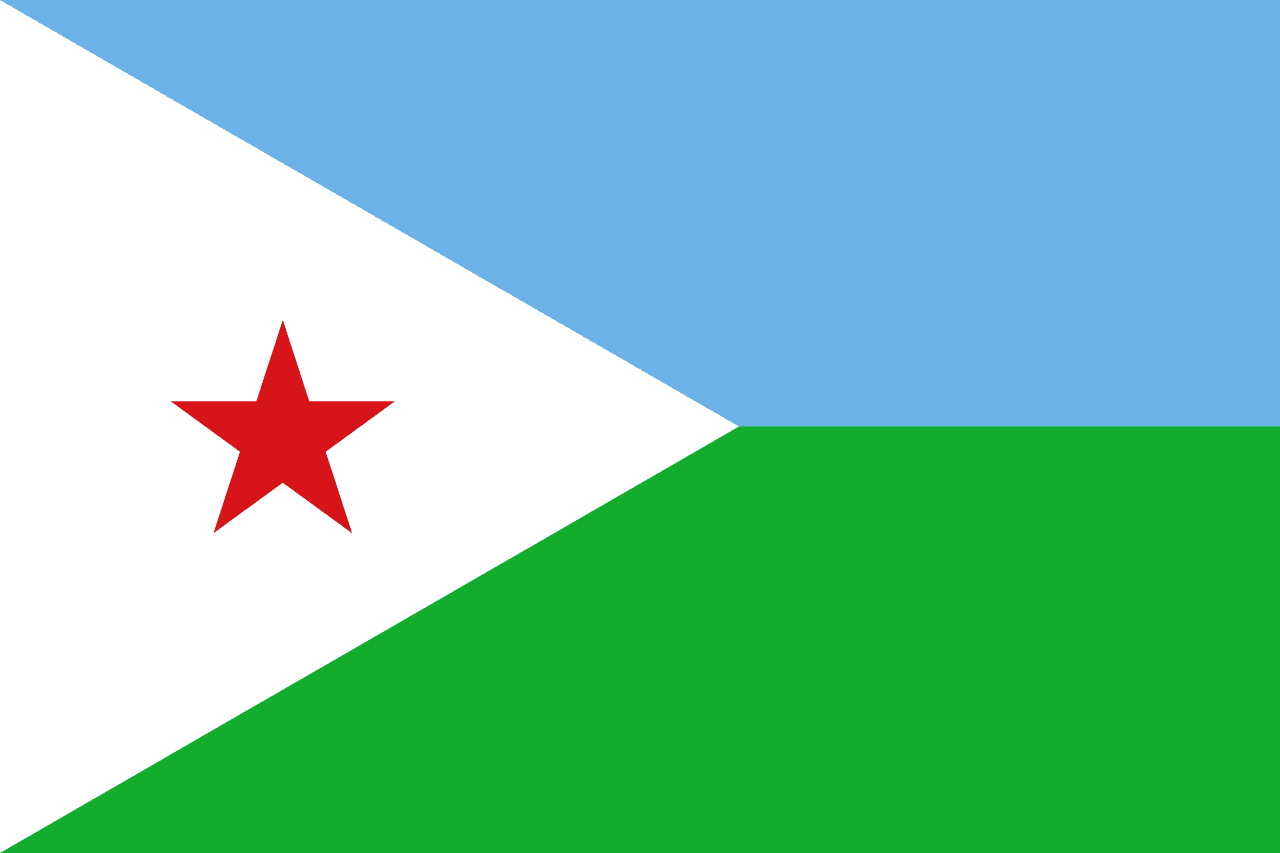
Symbolism
Light Blue Field: Represents the sky above Djibouti and the waters of the Red Sea and Gulf of Aden that border the country, symbolizing the maritime heritage and strategic location that has made Djibouti important for international trade and military presence.
Green Lower Stripe: Represents the Afar people, one of the two main ethnic groups in Djibouti, symbolizing their pastoral traditions and connection to the arid landscape of the Horn of Africa.
White Triangle: Represents peace and the unity between the diverse ethnic groups of Djibouti, symbolizing the harmony that the nation strives to maintain among its Somali, Afar, and other communities.
Red Five-Pointed Star: Represents unity and the aspirations of the Djiboutian people, symbolizing the hope for progress and the guiding light that leads the nation toward development and prosperity in the challenging Horn of Africa environment.
History
- Pre-1862: The region was inhabited by Afar and Somali peoples engaged in nomadic pastoralism and trade across the Red Sea, with various sultanates and tribal confederations controlling different areas and trade routes.
- 1862-1884: French interest began with the purchase of Obock from local sultans, establishing a coaling station for ships traveling to French colonies in the Indian Ocean and Asia.
- 1884-1977: French Somaliland was established as a colony, serving as a strategic outpost controlling the southern entrance to the Red Sea and providing France with influence in the Horn of Africa and access to Ethiopia.
- 1958-1967: The territory gained autonomy as French Territory of the Afars and the Issas, reflecting the two main ethnic groups, while debates continued about independence versus continued French association.
- June 27, 1977: Djibouti gained independence from France under President Hassan Gouled Aptidon, adopting the current flag design to represent the new Republic of Djibouti and its diverse population.
- 1991-1994: Civil war between the government and Afar rebels tested national unity, with the flag representing hopes for reconciliation and the restoration of peace between ethnic communities.
- 1999-Present: Djibouti has developed into a major hub for international military bases and logistics, with the flag representing a strategic nation hosting American, French, Chinese, and other military facilities.
Trivia
- Djibouti is one of the smallest countries in Africa, roughly the size of Massachusetts, but occupies one of the most strategically important locations in the world.
- The flag represents a country that hosts more foreign military bases than anywhere else in Africa, including facilities for the US, France, China, Japan, and Italy.
- Lake Assal in Djibouti is the lowest point in Africa at 155 meters below sea level and one of the saltiest bodies of water in the world.
- Djibouti City serves as the main port for landlocked Ethiopia, handling about 95% of Ethiopia's trade and making the port crucial for the Horn of Africa's economy.
- The flag flies over a country where four tectonic plates meet, creating unique geological features including active volcanoes and the East African Rift Valley.
- Djibouti has no rivers or permanent freshwater sources, making it one of the most water-scarce countries in the world, relying heavily on desalination and imports.
- The country is a major transshipment hub, with its strategic location at the Bab-el-Mandeb strait controlling access between the Red Sea and Indian Ocean.
- Djibouti's economy is heavily dependent on services related to its port and foreign military bases, with limited agriculture due to the arid climate.
- The flag represents a country where French and Arabic are official languages, but Somali and Afar are widely spoken by the respective ethnic communities.
- Djibouti experiences some of the hottest temperatures on Earth, with the Danakil Desert reaching over 50°C (122°F) regularly during summer months.
- The country has significant geothermal energy potential due to its location on the East African Rift, with projects underway to harness this renewable energy source.
- Djibouti's railway to Ethiopia, originally built by the French, remains a crucial trade link and has been recently renovated with Chinese investment.
- The flag flies over a country that is working to position itself as the 'Singapore of Africa,' leveraging its strategic location for logistics and trade services.
- Djibouti has a small but growing tourism industry focused on adventure tourism, diving in the Red Sea, and visiting unique geological formations.
- The country serves as headquarters for the Intergovernmental Authority on Development (IGAD), playing a diplomatic role in Horn of Africa regional affairs.
Related Countries
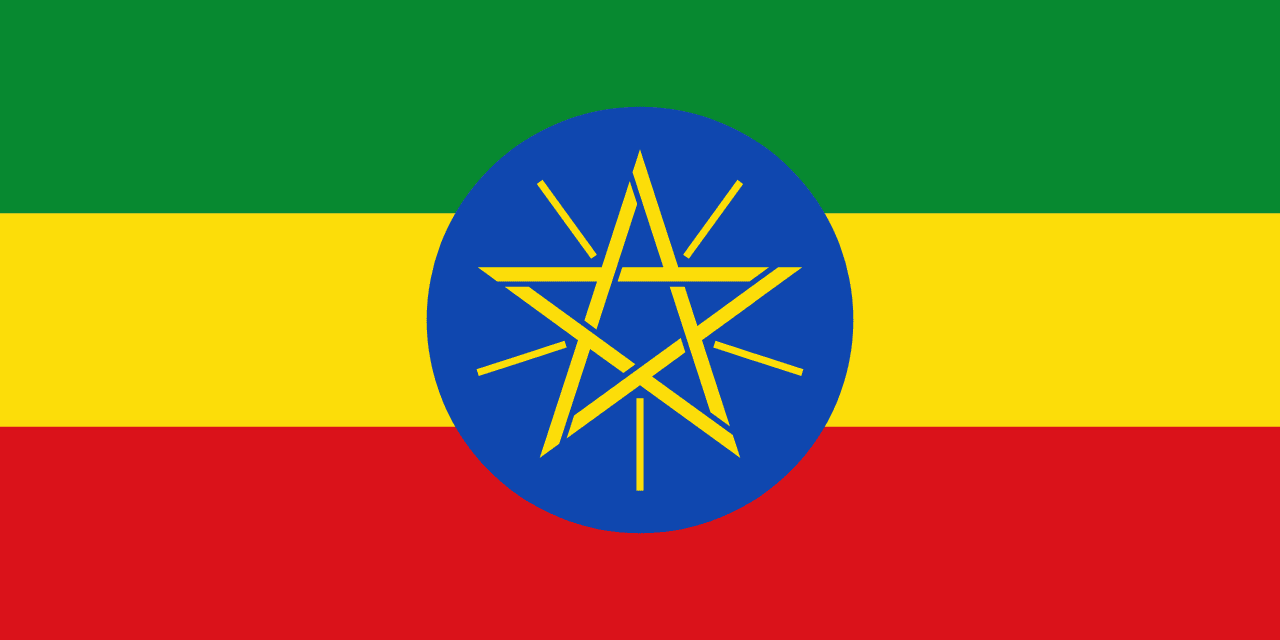
Ethiopia
Africa
Three horizontal stripes of green, yellow, and red with a blue circle containing a yellow five-pointed star in the center, representing the original Pan-African colors, the diversity and unity of Ethiopia's peoples, and the country's ancient independence.
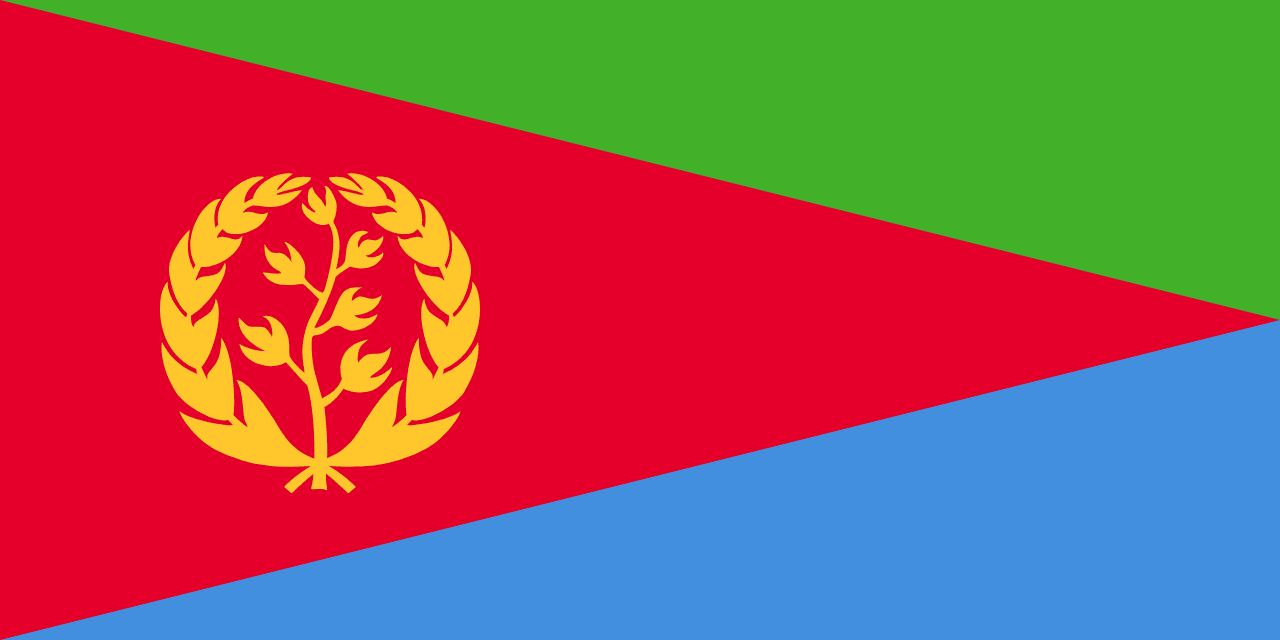
Eritrea
Africa
A red triangle at the hoist with a golden olive branch and wreath, adjacent to green and blue triangular sections, representing the struggle for independence, agricultural potential, maritime heritage, and hopes for peace.
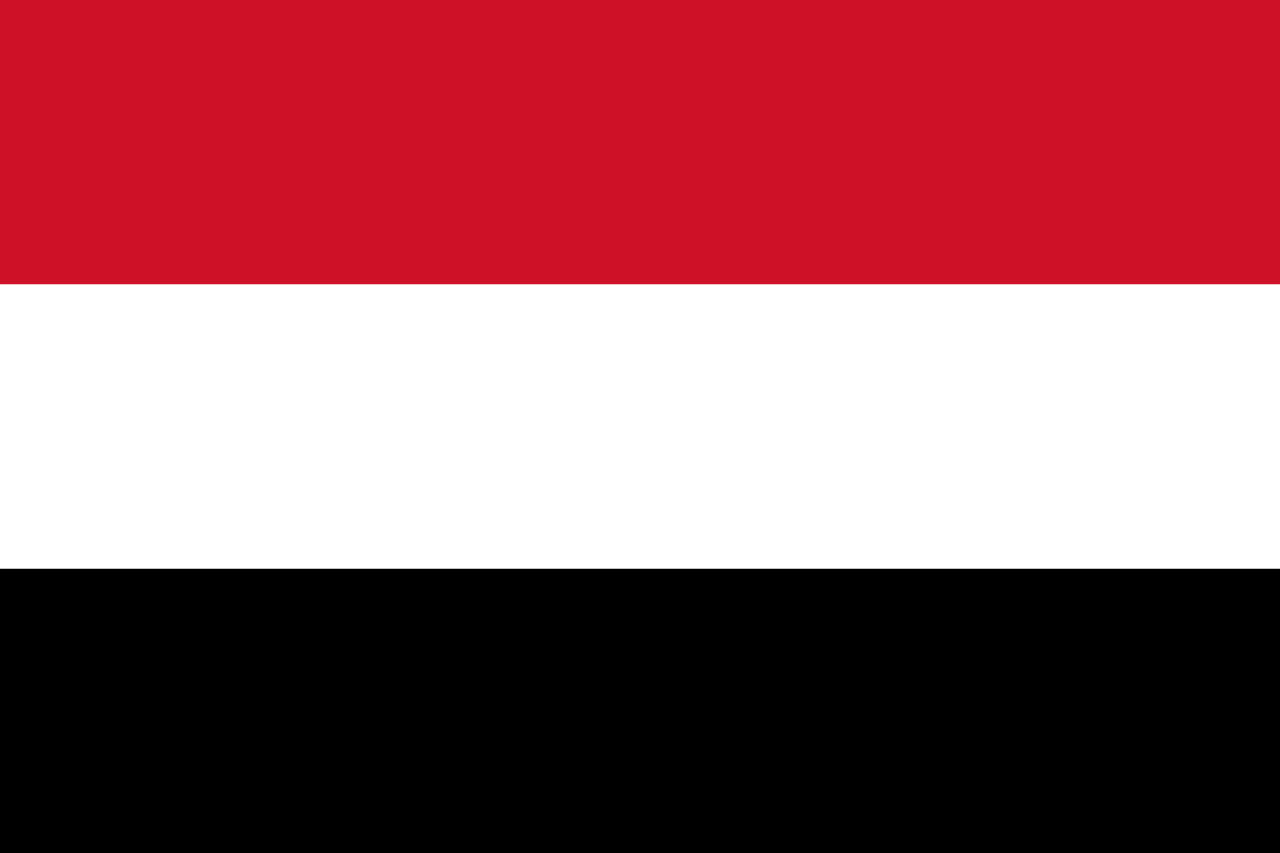
Yemen
Asia
Three horizontal stripes of red, white, and black representing the Pan-Arab colors that symbolize the bloodshed for freedom, bright future and peace, and the dark past of oppression, adopted when North and South Yemen unified into the Republic of Yemen.
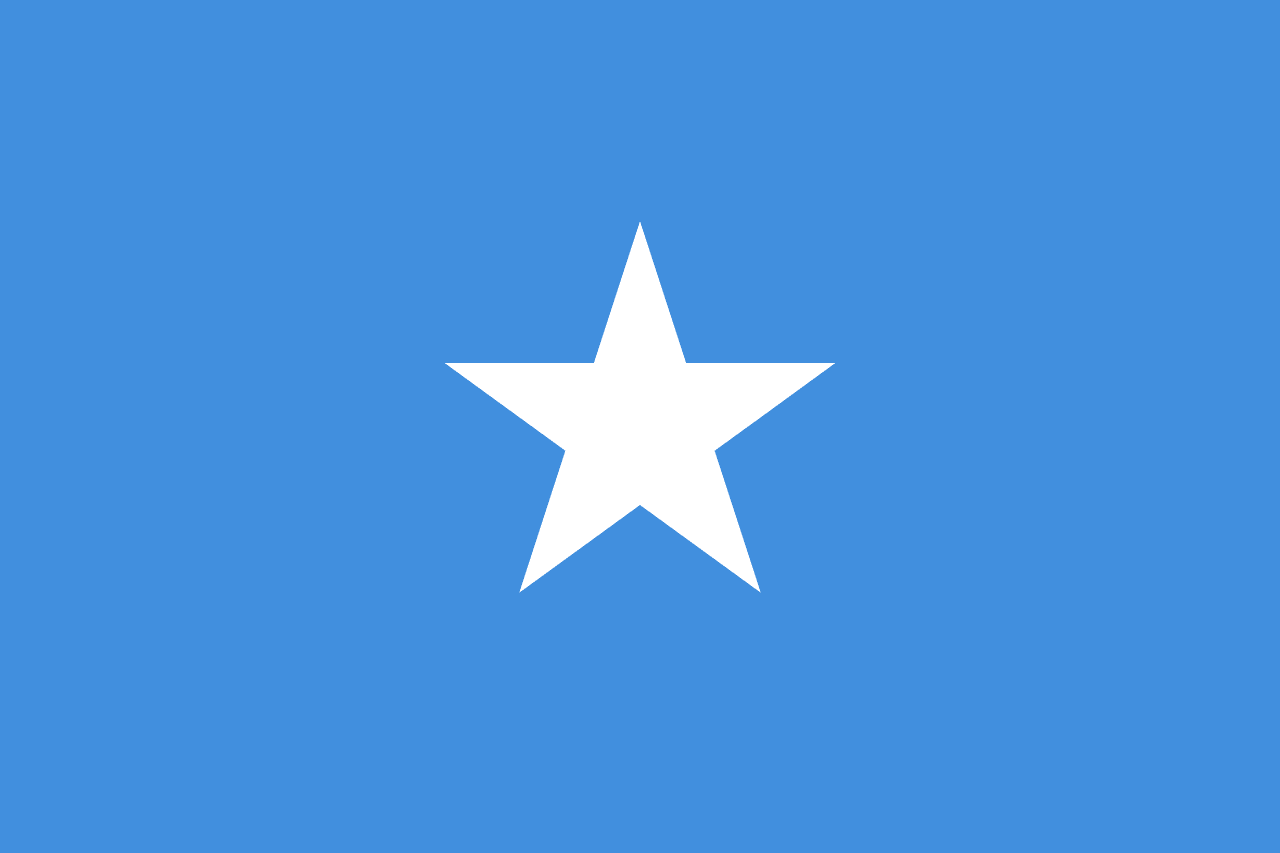
Somalia
Africa
A light blue field with a white five-pointed star in the center, representing the United Nations that helped Somalia achieve independence, the sky and Indian Ocean surrounding the Horn of Africa, and the five historical regions of Greater Somalia united under one symbol.
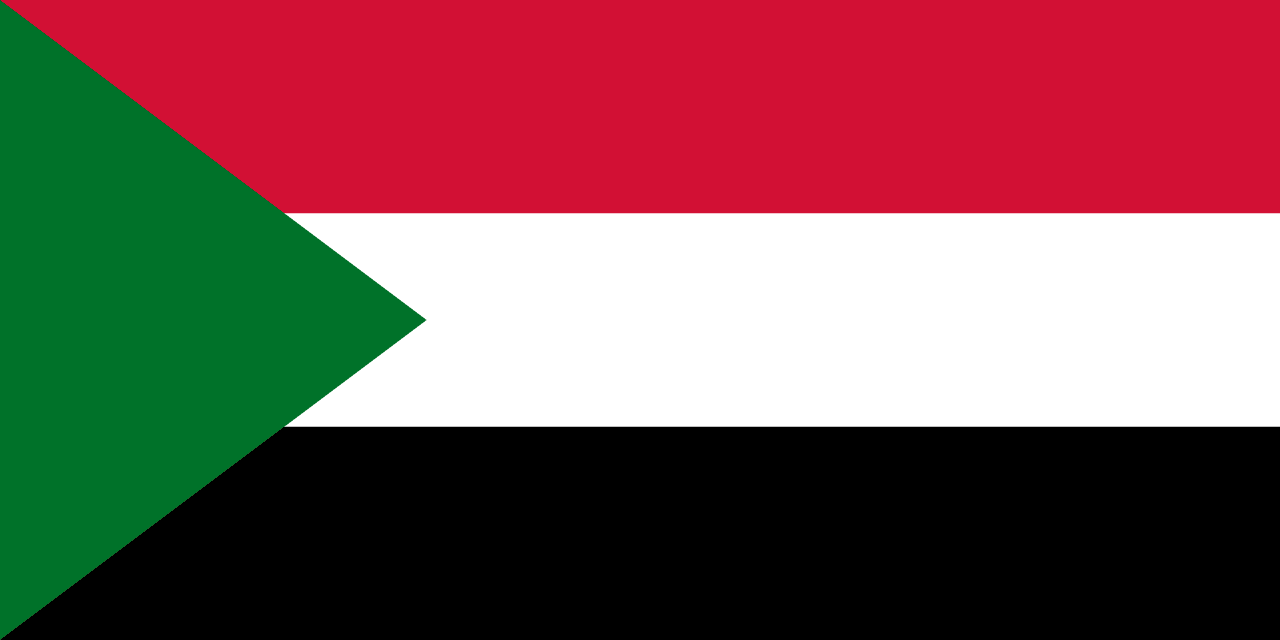
Sudan
Africa
Three horizontal stripes of red, white, and black with a green triangle at the hoist, representing the Pan-Arab colors of the struggle for independence, the blood shed for freedom, peace and light, the battles against oppression, and the prosperity and agriculture of Sudan.
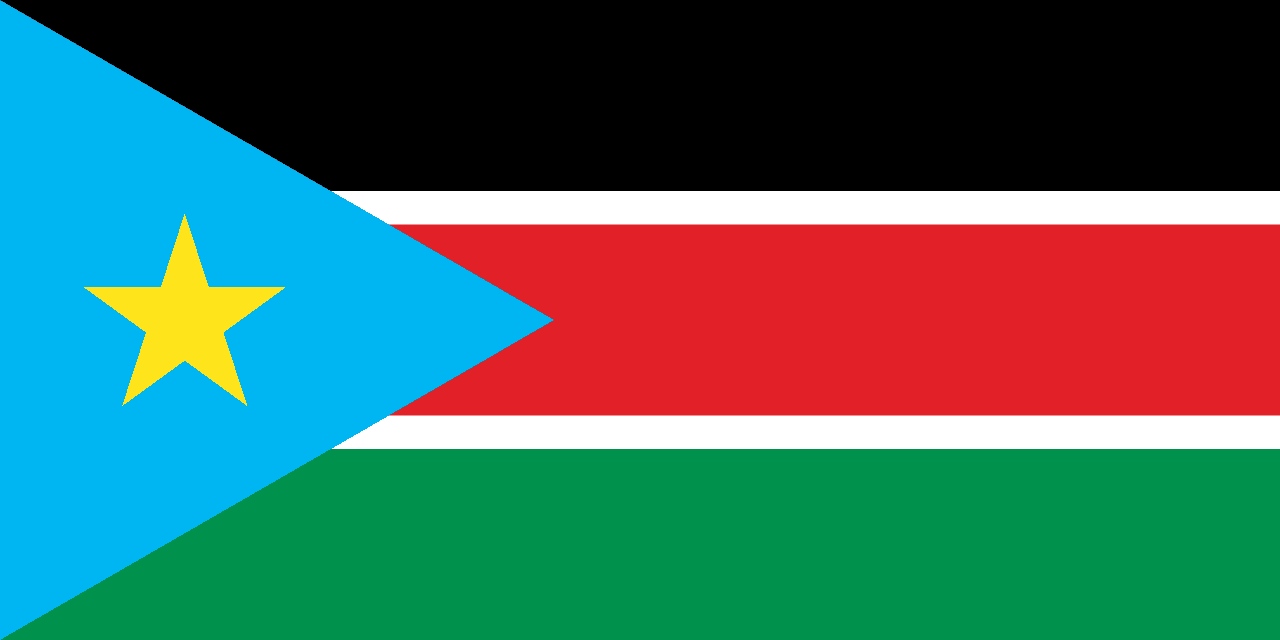
South Sudan
Africa
Three horizontal stripes of black, red, and white with a blue triangle at the hoist containing a yellow star, representing the African people, the blood shed for freedom, peace, the Nile River, and the unity of the states, designed for the world's newest country upon independence in 2011.